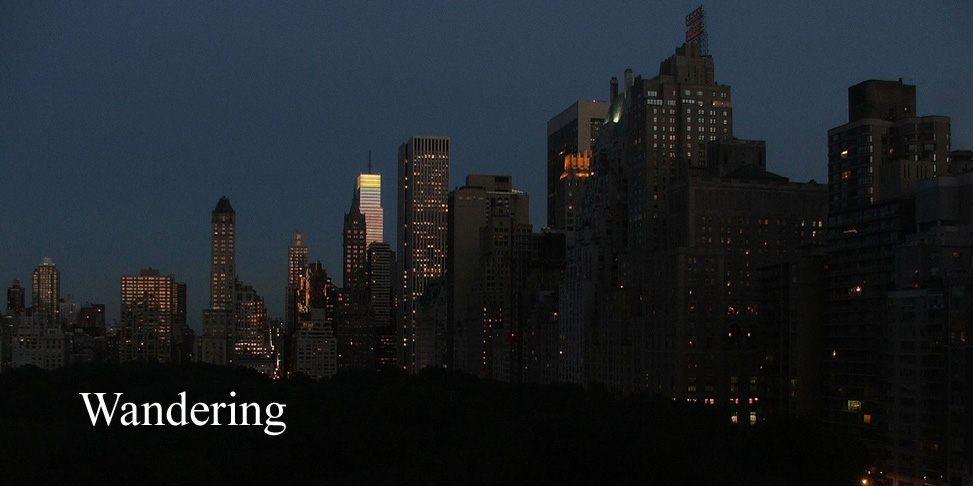
On Saturday afternoon, 3 November, I saw this seasons opening performance of La Traviata at the Met.
The production, which is now almost ten years old, was created and designed by Franco Zeffirelli. It is, of course, very elaborate. All the scenes but one are performed in sets which are very detailed architectural reproductions. The country house in Act 2 is straight out of Vogue Living. This and Violetta’s house in Acts 1 and 3 are built in rectangular boxes which occupy only half of the height of the stage; hence a wide aspect ratio. In Act 3, Violetta is first found in her bedroom, which during the course of the act is raised (out of sight) on a lift to reveal the rooms seen in act 1. As is usual the furniture is draped and the gaiety of the first act long gone. Violetta comes downstairs in the course of this change and the final part of the opera is seen in these living rooms.
The exception is Act 2, scene2 which is performed in a set which uses the whole height of the stage, beginning with light drapes which lift to reveal the room in which the party takes place. I suspect that the whole stage was needed at this point to accommodate the dancers who appear in this scene, but the change does create a discontinuity in the way the production runs.
The elaborate staging worked well; but I wonder if all of it was necessary. The movement between rooms in the last act was achieved smoothly and was not a real distraction. La Traviata does require realistic staging but in the end result the success of a production will depend far more on the quality of the singing and orchestral playing than very elaborate staging.
Renee Fleming, one of the great sopranos of today was Violetta and her performance was excellent. I was reminded of her wide ranging skills as an artist by her singing of Blanche in the San Francisco recording of Andre Previn’s A Streetcar Named Desire.
Earlier this year we saw Opera Australia’s production of La Traviata with the Russian soprano Elvira Fatykhova as Violetta. Renee Fleming’s portrayal was more evenly sung: Ms. Fatykhova adopted a new and weaker voice when singing the dying Violetta of Act 3; others have done the same, but this performance showed that singing this part of the opera in a fuller more natural voice was just as effective.
Alfredo was sung by Mathew Polenzani was also excellent. While we may wait for a really thrilling tenor, I have not heard a bad or irritating one at the Met so far.
I have never given much thought to Germont senior and tended to dismiss him as the most boring character in the whole of opera. However,I have been listening to some podcasts from the Lyric Opera of Chicago in which Mark Delavan who sang Germont senior there October 2007 discusses the dialog between Violetta and Germont senior in Act 2. In the first discussion he spoke as if the Germont was not only shocked by the character and integrity of Violetta as it emerges during their conversation but also developed his argument to her by stages, discarding ideas which did not seem to work as he went along. In the second podcast he identified changes in the character first, from the point where he called Violetta by her first name and seconldly from “ Piangi piangi ….”
In this production, Germont was Dwayne Croft. He was stern and unrelenting at his entrance, and his manner did soften as the Act progressed but I wonder if a great deal subtlety is really available in the portrayal of this unsympathetic man. One thing I picked up from the Chicago discussion was the similarity in character between father and son. They both wallow in self indulgent remorse and I think the music reflects this. Certainly the portrayal of father and son here gave full effect to this common trait.





No comments:
Post a Comment